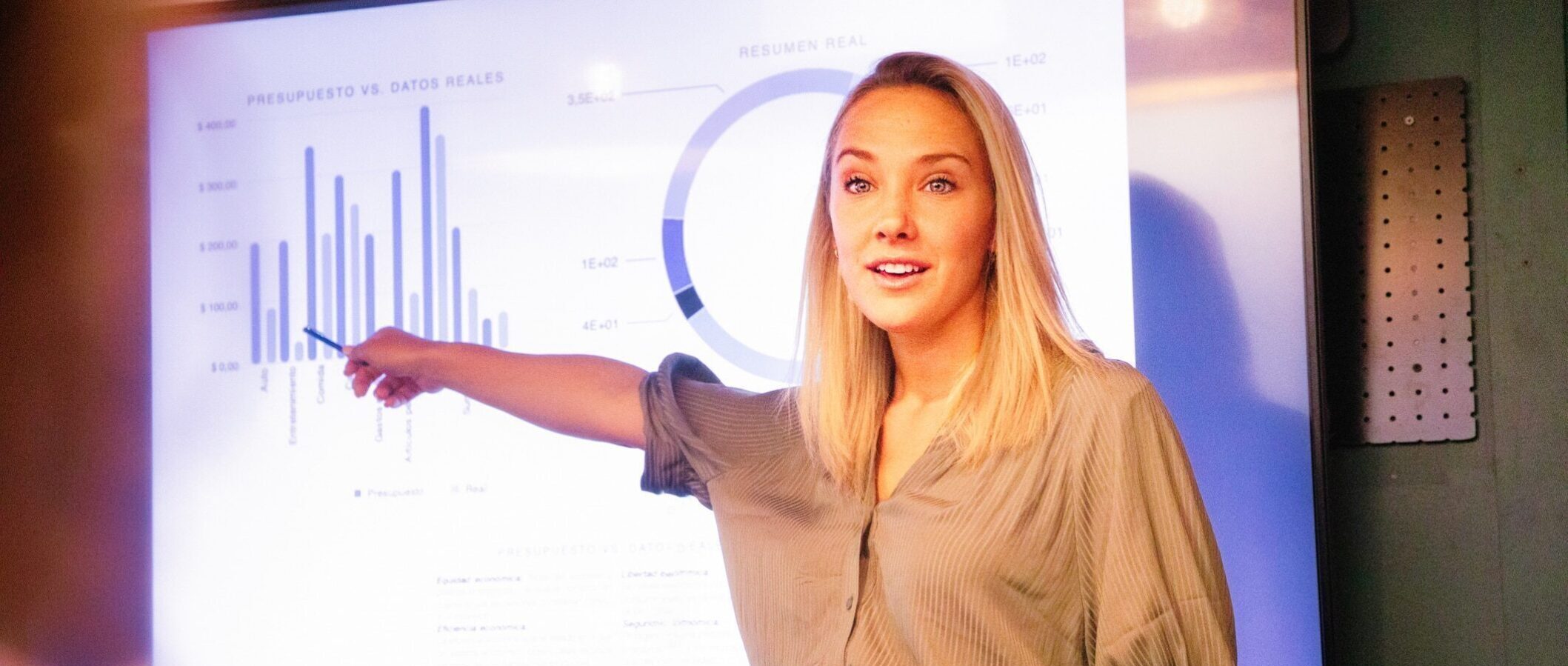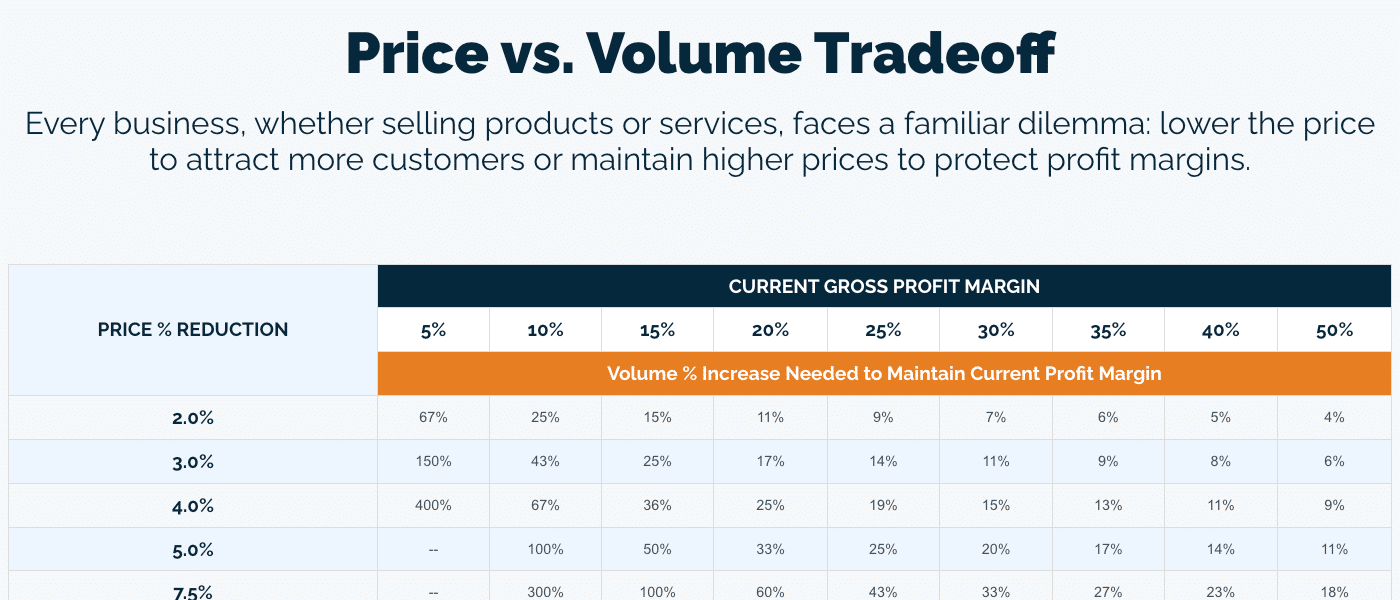Is Sales Effectiveness the Missing Key to Supercharge Your Pricing Strategy?

Setting price marks only the initiation of a company’s pricing journey—what follows is what truly distinguishes prosperous businesses. Deploying a sales effectiveness program stands as one of the most valuable actions you can undertake to support and sustain your current strategy while amplifying the potential for increased margins.
What are Sales Effectiveness Programs?
These programs encompass processes, policies, and technologies that empower a sales team to quickly generate the best possible outcomes. From a pricing perspective, there are numerous methods that can be employed to enable sales teams to make decisions that amplify their results while optimizing profitability. Here are eight effective sales approaches to fortify your pricing strategy and enhance profit performance:
Market basket analysis
Market basket analysis is often associated with the robust B2C recommendation engines seen on platforms like Amazon and Netflix, yet businesses from nearly any industry can benefit from market basket analysis through a variety of applications.
Market basket analysis mines patterns in customer purchasing behavior to maximize commercial efforts and efficiencies. It works by analyzing what customers do or do not purchase together, the timing of their purchasing patterns, and the customer’s location, size, and purchasing channel. This informs better decision making regarding:
- Which products or services are prime candidates for cross- and up-selling opportunities.
- Where wallet share expansion can be achieved based on customer preferences and likelihood to purchase.
- How to effectively bundle certain products or services.
- What promotional strategies can incentivize customer engagement.
- The most effective structuring of loyalty programs to maximize desired customer behavior.
Market basket analysis can help to focus the sales team’s time on the highest-value customers, deepen customer brand engagement, and position your business for growth.
Cross- and up-selling
The sales process doesn’t end with customer acquisition. Instead, sales teams should explore avenues to expand customer relationships. Sales professionals and account managers need tools to efficiently identify opportune moments for cross-selling and the ability to quickly determine the most lucrative offerings to present. Data-driven insights into customer purchasing patterns often reveal hidden opportunities for offering additional products or services. By targeting the “right” customers, at the “right time” with the appropriate add-ons, you will recognize profit faster, and at a lower cost compared to new customer acquisition.
Customer loyalty and incentive programs
Customer loyalty and incentive programs are invaluable tools for cultivating meaningful customer relationships and fostering brand loyalty. These programs guide sales teams in steering customers towards behaviors that are mutually beneficial and drive sustainable profit growth. Programs should align with desired customer behaviors, such as expanding wallet share, broadening the product portfolio, or extending the customer lifecycle. However, it’s essential to avoid incentivizing volume alone without considering its impact on pricing objectives.
Wallet share
Wallet share signifies the proportion of a customer’s spending allocated to your products or services compared to your competitors. Your sales team can capture more wallet share by utilizing customer purchasing patterns to identify opportunities for reallocating spend from competitors to your business. For example, variations in spending patterns among comparable customers indicate opportunities to increase wallet share. Expanding wallet share correlates with driving customer loyalty, growth, and retention – establishing your business as a valuable partner and enabling you to secure more business.
Predictive churn
Often, customers show no signs of discontent until it’s too late. Identifying and retaining at-risk customers should be a top priority for account managers and sales teams. Predictive churn analysis and modeling are essential for maintaining profitability. By flagging when a customer’s behavior or ordering pattern is unusual, you can enable your team to take proactive steps to monitor and retain the business. Depending on your business and available data sources, predictive churn analysis can consider a variety of factors including transaction level data, product usage, delivery delays, customer support logs, quality, delivery delays, etc.
Customer prioritization
Prioritizing sales efforts towards the highest-value customers and leads has been linked with increased average customer profitability and return on sales. While lower-value accounts should not be ignored, focusing on high-potential accounts cultivates customer loyalty with the greatest potential for driving profit. Customer prioritization is also key to retaining your highest-value customers, which should be centerfold to your pricing strategy. A mere 5 percent increase in customer retention can result in profit increases ranging from 25 to 95 percent.
Sales compensation, incentives, and commission plans
Similar to pricing, the compensation structure for your sales team plays a pivotal role in influencing profitability. Once your pricing solutions are in place, restructuring compensation plans becomes a logical next step to generate profits, not just revenue. Compensation should reward salespeople for behaviors that contribute to long-term profit margins, such as cross-selling and avoiding unwarranted discounts.
Sales accountability
Achieving an effective pricing strategy is just one facet of profitability. Enforcing pricing policies within your sales team presents a distinctly different challenge, but it is crucial for ensuring price realization and continuous profit margin growth. For example, extensive pricing adjustments may necessitate additional training for salespeople on tailoring the value proposition to best resonate with customers. Alignment on pricing program application, usage of special discounts, and standardized sales processes is crucial across all levels, including executives.
A cost-to-serve waterfall analysis is an effective means of ensuring sales professionals adhere to pricing programs. This analysis identifies inconsistencies in discounting policies by evaluating elements like rebates, payment terms, and promotions to determine where there may be profit loss, allowing management to address these price leaks with their sellers and ensure adherence to pricing guidelines.
Why Should You Embrace Sales Effectiveness Programs?
The primary objective of these pricing programs is to equip your sales team with actionable information, enabling them to prioritize their efforts to win more efficiently. This includes:
- Lists of customers with the highest likelihood of conversion, along with recommended approaches.
- Identifying at-risk customers and understanding the reasons behind their risk.
- Utilizing programs to engage at-risk or on-the-edge customers and encourage designed actions.
- Compensation plans that reward desired behavior and outcomes.
- Clearly defined expectations and accountability measures.
In times of market fluctuations, or evolving goals, supporting your sales teams with sales effectiveness programs is crucial for success. While initial resistance may arise, with the right enabling tools in place, your sales team will recognize how your pricing solutions drive both company profits and personal success.
INSIGHT offers robust pricing sales effectiveness solutions designed to address various business challenges. Our team specializes in identifying programs that will benefit your organization the most, collaborating with you to develop and implement sales effectiveness systems that boost both sales performance and your bottom line. Contact us today to move beyond price setting and amplify your pricing outcomes.


